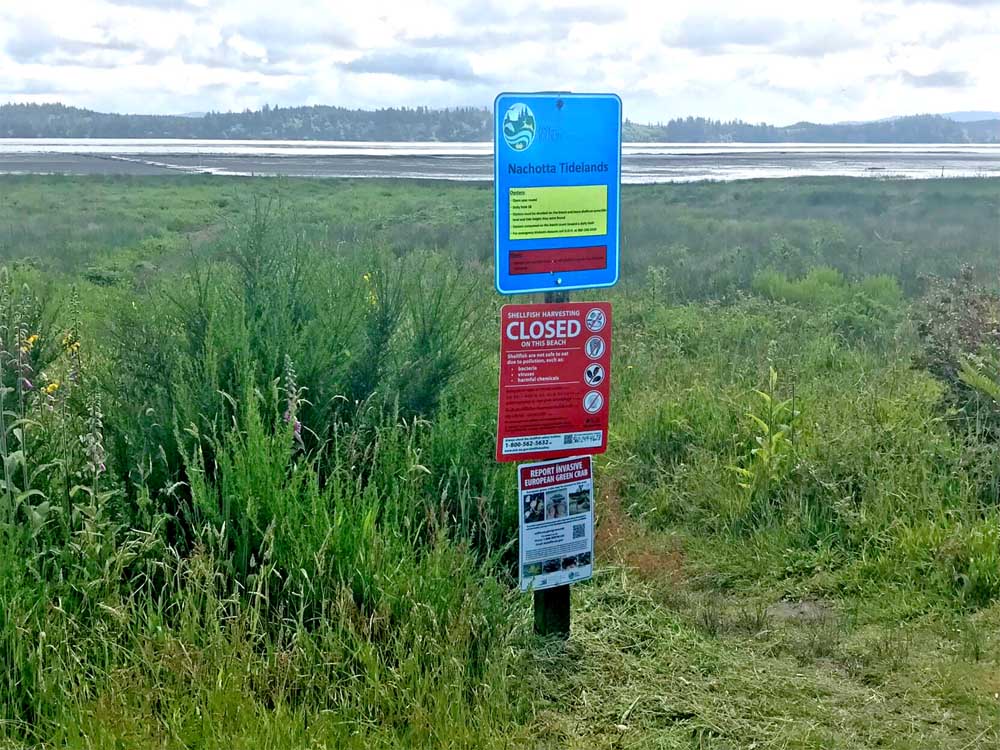Editorial: Marine toxin outbreaks demand better science
Published 12:32 pm Monday, July 1, 2024

- Commercial shellfish harvesting recently remained off limits in part of Willapa Bay weeks after a marine toxin outbreak that began in late May. Recreational harvests are banned throughout Pacific County at this time.
Washington and other coastal states increasingly share a vexing problem with marine toxins that shut down harvests and put human health at risk.
Trending
Pacific County beaches were closed to shellfish harvests in May because of elevated levels of paralytic shellfish poisoning (PSP), also misleadingly known as red tide — it usually isn’t red. More importantly in what isn’t sport clamming season, the PSP outbreak continues to disrupt some commercial oyster and clam harvesting in Willapa Bay.
As of late last week, the Washington Department of Health noted no change in a ban on all recreational harvests and on commercial harvests in an area roughly midway up the east shore of the bay. Most other commercial harvesting areas were reopened June 11 after PSP levels declined.
There is some good news for affected shellfish growers: “We continue to see a decline in toxin at our sentinel mussel locations in Grays Harbor and Willapa Bay. No increases in toxic plankton cells.”
Trending
Science bears out that these poisons can and do cause serious illness and even death. The current PSP outbreak sickened some who ate shellfish in Oregon. The Washington DOH was smart in acting to promptly close harvests, both for the paramount reason of avoiding harm to consumers and because such harm might have done great damage to the reputation of some of the coast’s most valuable products.
Around the world, harmful algal blooms are an issue of ever-increasing concern. Poorly understood, they are blamed on everything from changes in ocean upwelling patterns to run-off of fertilizers and other chemicals. Changes in ocean chemistry tied to absorption of greenhouse gases and growing offshore “dead zones,” where lack of oxygen kills many forms of marine life, are disturbing indications of habitats gone bad.
It’s clear that Washington state should continue working with universities, NOAA and other agencies in an effort to better understand these run-away algal blooms and the problems they cause. It’s also clear, from what local shellfish growers have observed, that there must be improvements in how tests find and track toxin outbreaks.
(The current testing method, described by DOH: “Toxins are extracted from shellfish tissue using an acid solution and a digestion procedure. The extract is centrifuged and then injected intraperitoneally into mice with a body weight of about 20 grams and the survival is monitored for 60 minutes.” In June, a shortage of suitable test mice delayed some test results — and we ought to also feel some compassion for the poor, hapless mice.)
The ocean is telling us something — it is being asked to absorb too much of our pollution. It will be time and money well spent if we can figure out exactly what is going wrong and begin fixing it.
Economic and environmental harm from marine toxins demands investment in good science and aggressive follow through.









